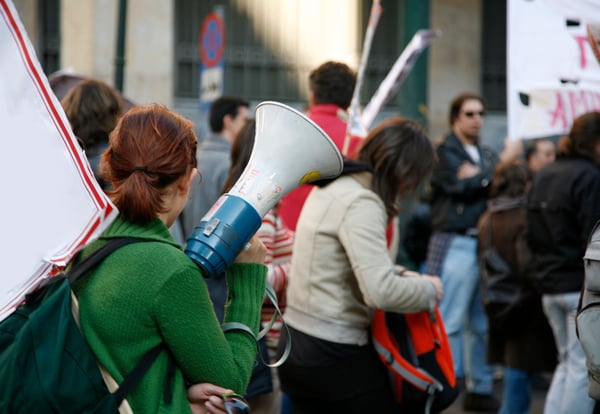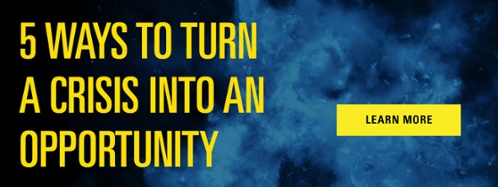
When people are angry about something these days, the first thing they do is go on social media to vent. If you upset an irrational relative, the worst that’s likely to happen is that you won’t get invited to your cousin’s kid’s graduation party. If you are a business or a brand, however, that anger can translate to someone calling for a boycott.
Boycotts have been a thing since Irish farmers shunned the notorious agent of an absentee landlord, Captain Charles Boycott, in 1880 during the Irish Land War for agrarian reform. Among the more famous boycotts of the 20th Century were the Montgomery bus boycott associated with Rosa Parks and Martin Luther King, Jr., and the worldwide boycott against South Africa in protest of apartheid.
In this past political season, we saw the rise of a movement to boycott the Trump brand and companies helmed by his family and other individuals believed to be supporting the Republican Party’s candidate. The largest and most high profile of these—Grab Your Wallet—has compiled a list of 70 retailers selling merchandise branded with the Trump name. On the other side of the aisle, the conservative Family Research Council has countered by throwing its support behind boycotts of GrubHub and Pepsico for anti-Trump comments. The company that is coming out on the losing side no matter what it does is Macy’s, which is the subject of boycotts for both removing the Donald Trump brand and for continuing to sell the Ivanka Trump label.
What to Know About Boycotts
People Feel Good About Boycotting
Participating in a boycott allows people to feel that they are voting with their pocketbooks and “hitting them where it hurts.” People feel good about boycotting because they see their righteous anger being channeled toward some lofty goal. But evidence shows that the effectiveness of boycotts may be wildly overrated.
Boycotts are not Always Effective
Boycotts don’t exert the degree of economic pressure that their organizers envision for a couple of simple reasons. First, while consumers might agree in principle with the idea of a boycott, it can be hard to get them to actually switch from a product that they’ve always used and loved for more than a brief period.
Boycotters may not be Current or Potential Customers
Another problem is that if supporters of the boycott aren’t current or potential customers, their business hasn’t been lost. A lot of people who supported boycotts of Chick-fil-A and Hobby Lobby lived in markets where those chains didn’t do business. And in the case of the famous boycott of South Africa, when U.S. institutional investors divested their interest in companies doing business in South Africa, there were other buyers on the world market willing to purchase those shares.
Effective Boycotts Usually Hurt Hourly Workers the Most
If by some chance, a boycott actually damages the bottom line to the extent that the company loses business, it’s not likely to be anyone in the C-suite that ends up losing their job, or even their bonus. Those hurt the most are likely to be hourly wage workers formerly employed in stores forced to close.
Damage from Boycotts is Reputational
The real damage from a boycott is not, as is commonly assumed, financial, but rather reputational. If the underlying root cause of the boycott continues to garner media attention for an extended period, there is some evidence that it can have a negative effect on the company’s stock price. It also sometimes forces the company to address the root cause of the boycott and take steps toward positive social change, but this response is likely because management is trying to protect the brand’s (and their own) reputation.
For businesses, the thing to remember is that the threat of a boycott can’t be ignored. But make sure your response is the right one—it’s a reputational crisis, not a financial one, so approach it the same way that you would any other crisis that threatens your well-constructed brand image.
That means being proactive with a crisis plan in place and a team ready to deal with whatever reputational threats may arise. Like any threat to your brand’s image or reputation, the sooner you address it and move on, the less damage that can be done.





Let’s Connect
Ready to build, grow, manage and protect your brand? Complete the form below to discuss how we can help.